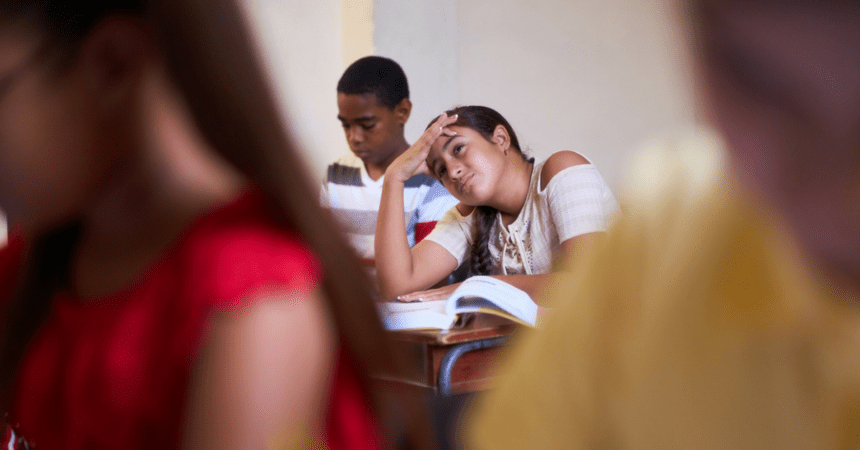
From the Journal: sTMS for Migraine Treatment in Adolescents
New research suggest that the neuromodulation technique may be safe and effective for patients ages 12 to 17.
Children and teens with migraine face distinct issues when dealing with symptoms and finding effective treatment methods. Because FDA approvals for adolescent treatments require additional testing and safety measures, they have fewer options than adults with migraine. However, they still experience similar disease impact, in terms of their performance in school and their ability to maintain a social life.
Preliminary studies on the use of neuromodulation devices in adolescents hope to eventually provide them with an alternative to pharmacological preventive and acute therapies. A study recently published in Headache, titled Transcranial Magnetic Stimulation for Migraine Prevention in Adolescents: A Pilot Open-Label Study by Samantha L. Irwin, MSc, MB BCH BAO, FRCPC; William Qubty, MD; I. Elaine Allen, PhD; Irene Paniyot, MD; Peter J. Goadsby, Md, PhD; and Amy A. Gelfand, MAS, MD, examined the feasibility, tolerability and patient acceptability of single‐pulse transcranial magnetic stimulation (sTMS) for migraine treatment. This open-label pilot study monitored device use in 12 participants who met the ICHD-3 beta criteria for migraine and had been previously diagnosed by a pediatric headache specialist.
In order to be deemed eligible for device use, the participants had to complete a four-week long baseline run-in period, in which they were asked to fill out a headache diary. If they completed at least 24 out of 28 diary entries, and experienced four to 24 headache days, they were approved to receive the device. The limit of 24 was set to ensure none of the participants had daily or near-daily headache. Out of the 21 participants enrolled in the run-in period, 12 were approved to complete the study.
The treatment period lasted 12 weeks, and the participants were instructed to use the device twice daily, once in the morning and once in the evening. The participants were also asked to follow the treatment protocol used in the adult ESPOUSE study—give two pulses, wait 15 minutes, then give two additional pulses. For acute use, the participants increased the number of pulses to three and were allowed to complete a third round if needed.
sTMS proved to be well tolerated for preventive use in adolescents. Feasibility was evaluated based on the length of time necessary to enroll the participants and their ability to complete the study. Out of the 21 students enrolled, 12 were able to complete the study. The others were unable due to incomplete baseline headache diaries, travel plans and protocol violations, among other reasons. Of those 12 that completed the study, 88% of participants found the device to be tolerable. Two participants reported that the device caused them an unpleasant tingling sensation after use and that it might have worsened their headache. Acceptability was determined by the participant’s self-reported compliance and satisfaction with device use. Many participants reported that the device was a “nice alternative to pills.” The main complaint was that it took too long to use due to the 15-minute intervals between each use. During the study, it became evident that the dosing protocol was difficult to use, especially while trying to get ready for school, and researchers revised the treatment protocol mid-study so that the wait between pulses could be disregarded.
This study will help inform the design of future research on the efficacy of sTMS in adolescent patients with migraine. In the United States, approximately 8% of adolescent boys and 10% of adolescent girls experience migraine, often causing a severe impact on their school performance. There is an obvious need for safe treatment options with limited side effect profiles. The results of this study suggest that TMS may be able to fulfill that need in the coming future.
Headache: The Journal of Head and Face Pain is the official peer-reviewed journal of the American Headache Society.
Citation:


